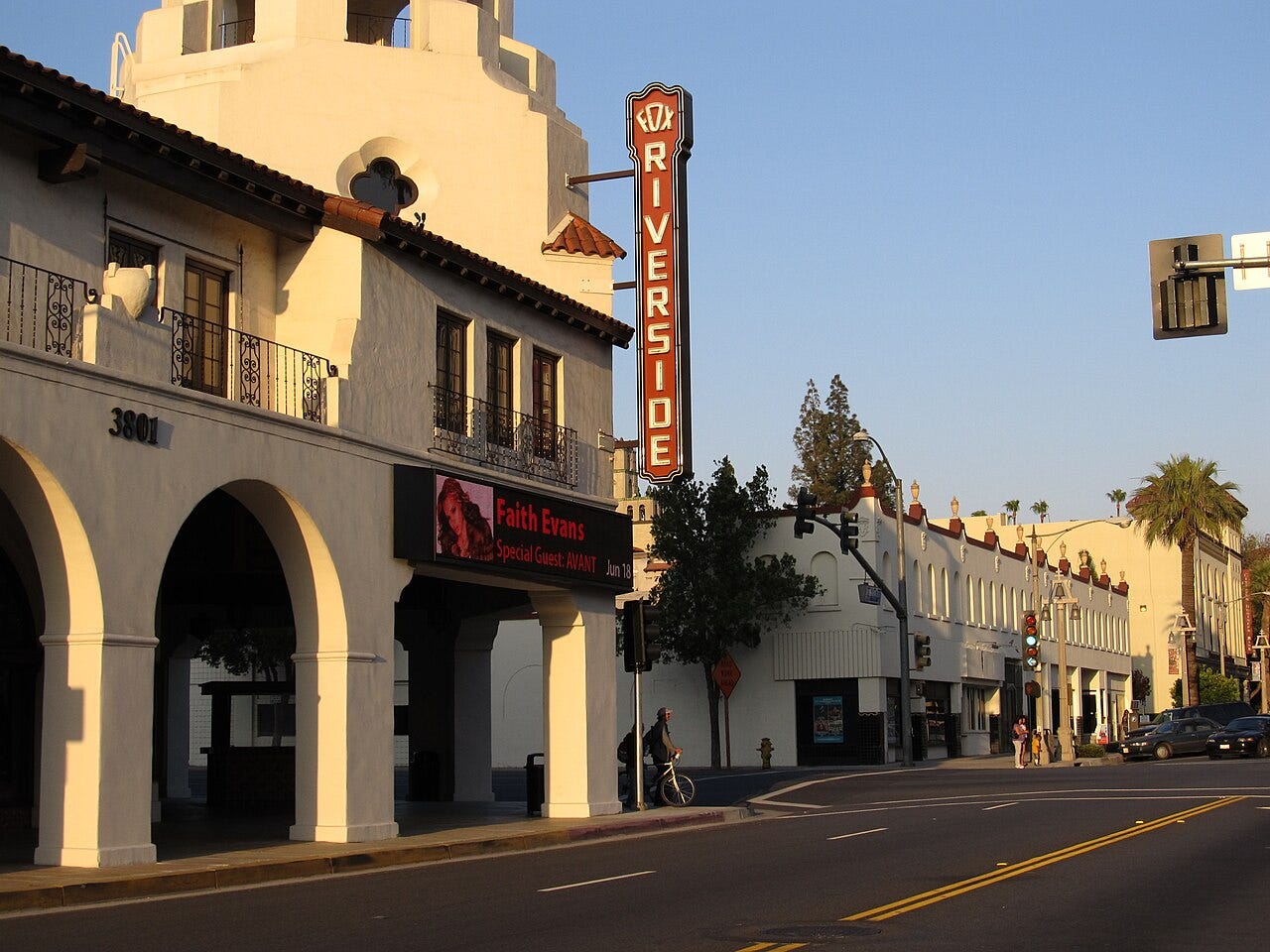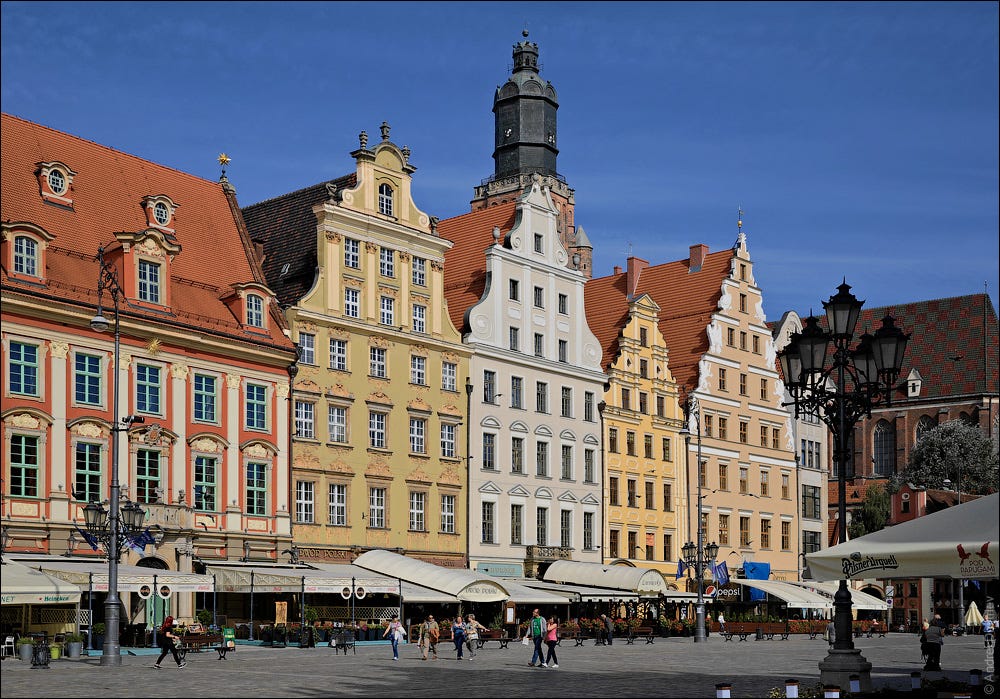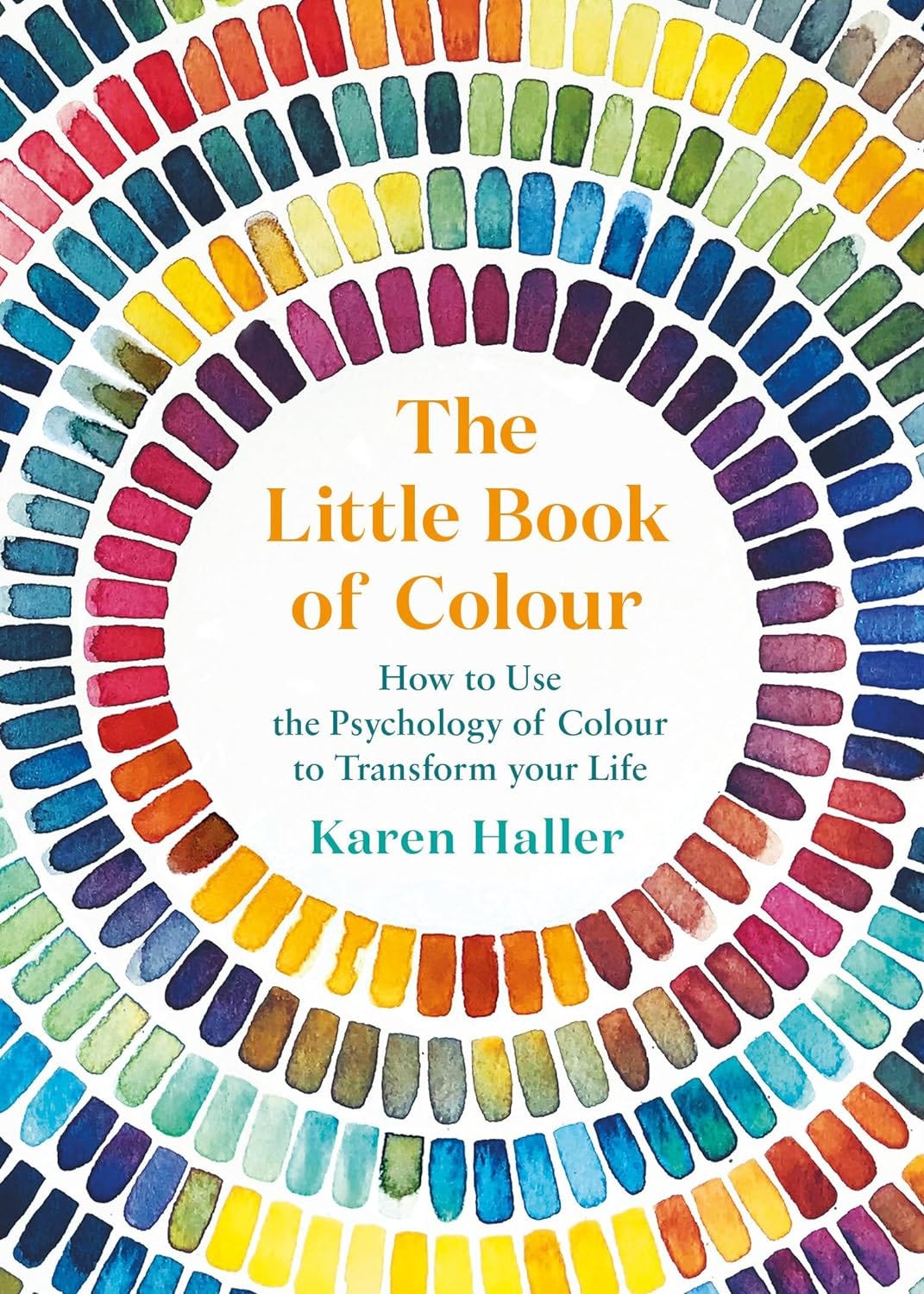How Colors Influence Our Minds, Markets, and Decisions
When we erased color from our world, we didn’t just lose beauty, we silenced emotion, dulled the soul, and forgot how to feel alive.
The Disappearance of Color: A Silent Shift
Ever feel like the world’s gotten a little... colorless?

Take a walk through any modern city. Or scroll through your favorite app. It’s all the same: white walls, grey logos, black screens. Designers call it ‘minimalism.’
But let’s be honest—something’s missing. And it’s not just paint. You see, color isn’t just for looks. It changes how we think, how we feel, even how we act. Our bodies respond to it. Our minds react to it. And when it disappears, we lose more than aesthetics—we lose connection, energy, and something deeply human.
Let me show you how color works on you even when you think it doesn’t.
The Science of Color and Emotion
Each color carries a unique wavelength that triggers different neural responses. That’s why red makes us alert, blue calms us, and green restores balance. Marketers, designers, and even political movements have long exploited these associations, using color as a silent form of persuasion.
Red is perhaps the most powerful of all. It’s the color of blood, fire, urgency, and action. It’s commonly used in advertising to evoke excitement, appetite, and impulse buying. It increases heart rate and blood pressure, stimulating both attention and physical energy. That’s why "Buy Now" buttons and clearance sale signs are so often red. In heraldry, it represents courage; in modern branding, it means “Act now.”
Yet red has a double edge. While it energizes and commands attention, excessive red can cause agitation or even aggression. In business, it's best used as an accent—enough to draw attention, not overwhelm. Pairing red with turquoise or blue can help balance its intensity.
Orange combines red’s energy with yellow’s joy. It conveys warmth, enthusiasm, and creativity. Studies show it stimulates social behavior and conversation, which is why it's popular in restaurants and cafes. It can also make environments feel more affordable and approachable, especially for youth markets.
But overuse of orange can cheapen a brand. If it’s too loud or brash, orange may be associated with impulsiveness or lack of sophistication. Luxury brands tend to avoid it. However, when used with complementary colors like purple or navy, it can feel modern and bold without feeling tacky.
Yellow is associated with sunshine, cheerfulness, and mental clarity. It stimulates serotonin release in the brain, which boosts optimism. No wonder yellow is used for legal notepads—it helps trigger original thinking and analytical processes. But too much yellow has been shown to increase stress. Babies cry more in yellow rooms, and people argue more in yellow kitchens.
Bright yellow, especially lemon yellow, can be visually fatiguing. It reflects more light than any other color and can cause eye strain. While it captures attention—think school buses and hazard signs—it’s not suitable for long-term exposure in high-stress environments.
Green is the color of nature, growth, and healing. It’s often used in hospitals and wellness centers for good reason—it lowers stress, slows heart rate, and helps the body recover. It’s also associated with wealth and financial stability. Dark greens suggest prosperity and professionalism, while lighter greens symbolize renewal and safety.
In marketing, green is ideal for eco-friendly, health-conscious, or organic brands. It suggests balance and sustainability. But there’s a caveat: green can also suggest envy or inexperience, especially when overused or paired with yellow-green tones, which are perceived as sickly or toxic.
Blue, consistently rated as the most popular color worldwide, conveys trust, calm, and reliability. It slows metabolism and reduces appetite, making it unsuitable for food advertising but perfect for corporate branding. Banks, insurance companies, and tech firms frequently use blue to inspire confidence and security.
Interestingly, blue can also improve physical performance. Studies show that athletes in blue environments lift more weight and focus better. But too much blue can feel cold or distant. That's why warmer accents are often paired with it in interior design and branding.
Turquoise—a mix of blue and green—represents clarity, communication, and emotional balance. It’s ideal for businesses related to health, education, or technology. It stimulates self-expression and calms the nervous system. When paired with pink or lavender, it can appeal especially to female audiences and wellness markets.
Continue reading below the paywall …
Book Corner
Keep reading with a 7-day free trial
Subscribe to The Culture Explorer to keep reading this post and get 7 days of free access to the full post archives.





